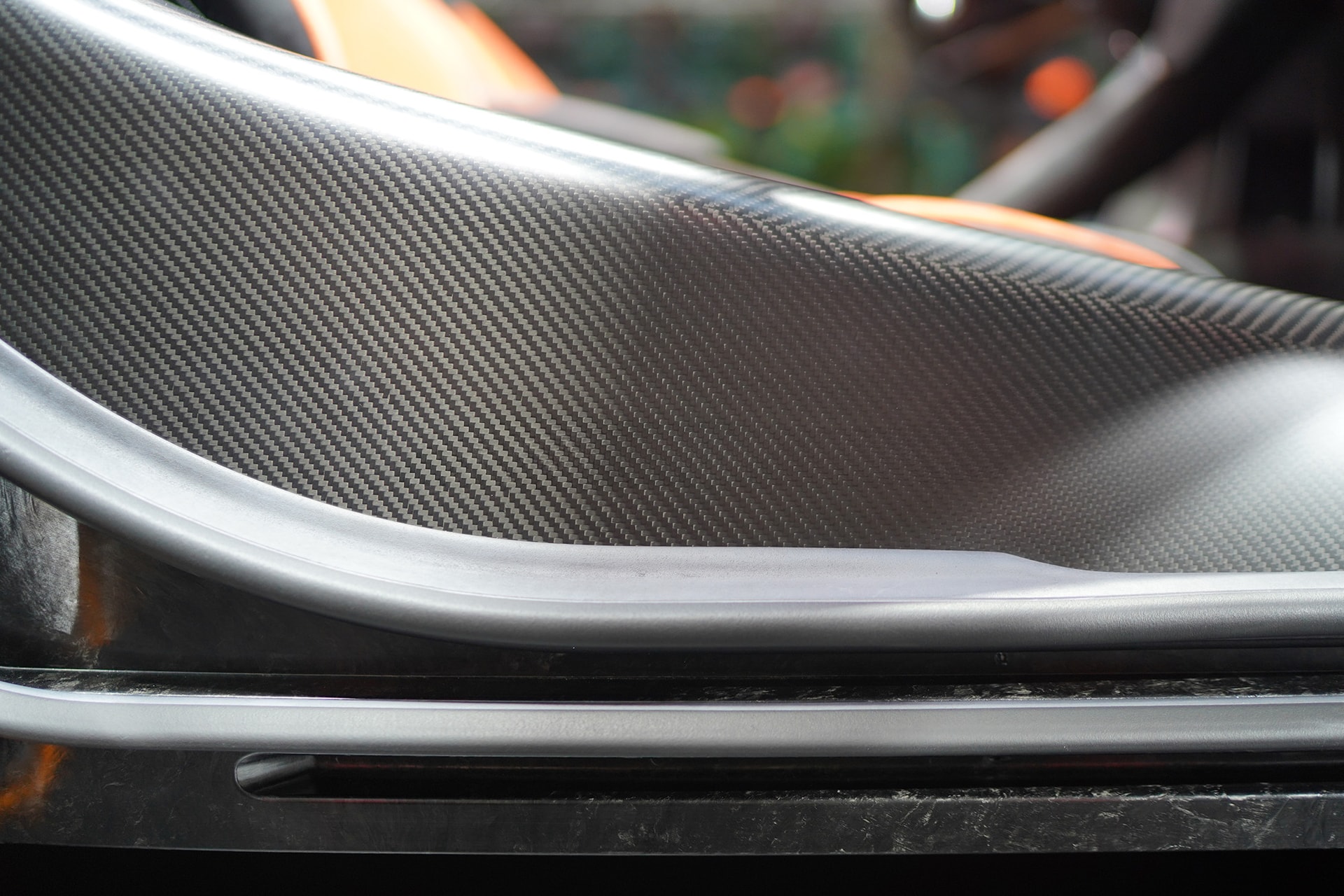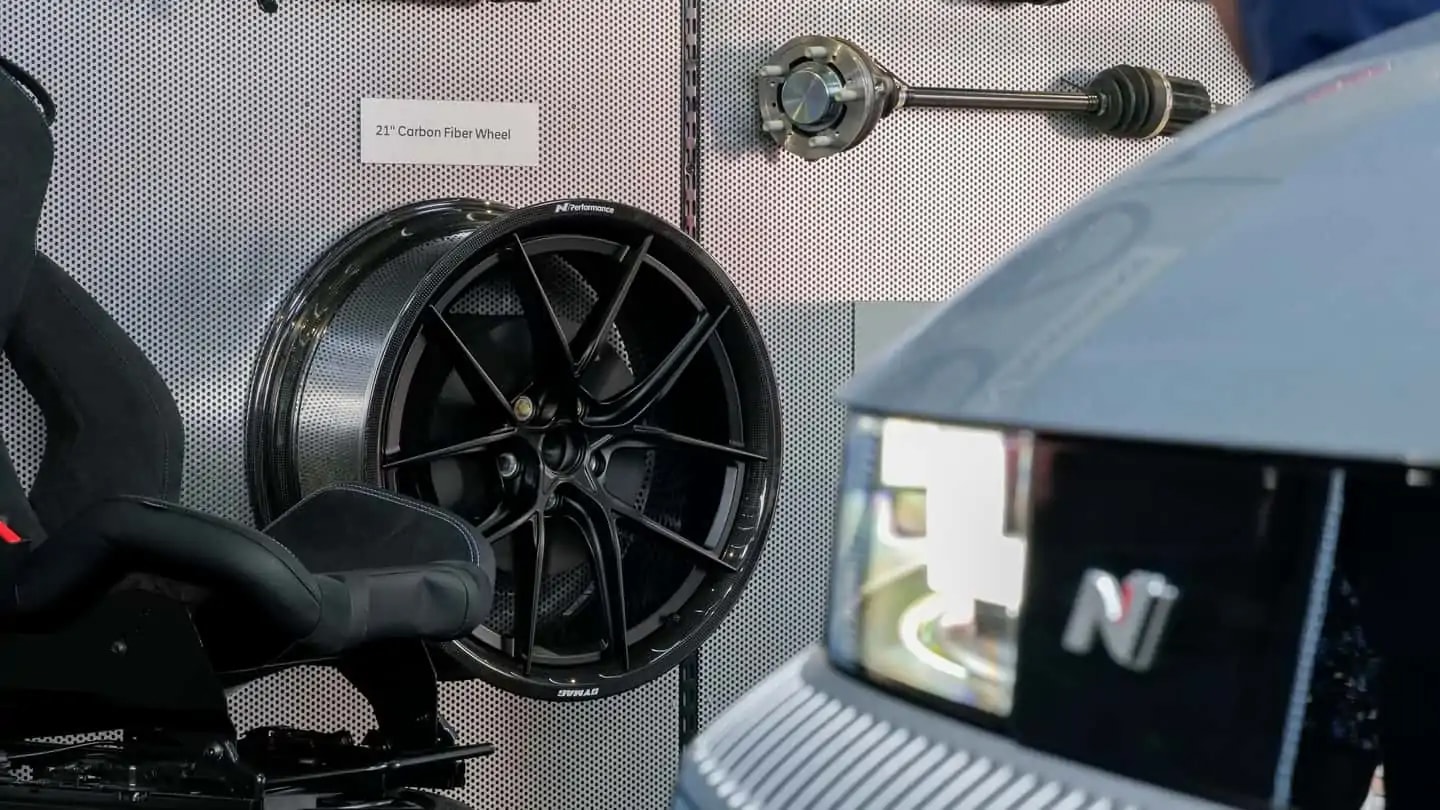
According to the draft amendment to the End-of-Life Vehicles (ELV) Regulation recently completed by the European Parliament (EP), carbon fiber materials are listed as potentially harmful materials for the first time.
The EU has long classified lead, mercury, cadmium and hexavalent chromium as hazardous substances, but still allows limited use in the automotive industry through special exemptions.
Now, carbon fiber is at risk of becoming the next material to be “killed” from the European car market. This is also the first time in the world that a government agency has classified carbon fiber as a “hazardous material”.
The new regulation – due to come into effect in 2029 – is said to aim to increase sustainability in the dismantling and recycling of cars.
The reason why the EU considers carbon fiber a hazardous material lies in the post-use treatment stage. When carbon fiber combined with plastic is discarded, the tiny fibers can be released into the air, causing short circuits in electronic devices and, more dangerously, irritating the skin and mucous membranes upon contact. Meanwhile, projects to recycle carbon fiber materials - which are extremely durable - are still very expensive and difficult to achieve high efficiency.
However, carbon fiber materials are popular in many industries with outstanding advantages of light weight and higher durability than steel and aluminum. On high-end cars today, the ceiling, chassis, rims, interior details... are often made from carbon fiber.
In addition to automobiles, carbon fiber is also widely used in the aerospace industry, wind turbine manufacturing... despite the relatively high production costs.

The global carbon fiber market, valued at $5.48 billion in 2024, is forecast to grow to $17.08 billion by 2035. The automotive industry currently accounts for about 20% of the total demand for carbon fiber materials.
This number will continue to increase as electric vehicle (EV) manufacturers are scrambling to find ways to reduce vehicle weight to improve the range and performance of electric vehicles. Currently, BMW, Hyundai, Lucid and Tesla all use a certain amount of carbon fiber material in their new electric vehicles.
The same situation happens with the luxury car, sports car, supercar segment which emphasizes performance and driving experience. McLaren or Lamborghini even make supercar chassis entirely from this material.
Shares of Japanese carbon fiber makers fell sharply following the EU announcement. Japanese giants Toray Industries, Teijin and Mitsubishi Chemical, which together account for 54% of the global carbon fiber market, would be hit hardest if the ban were to take effect. Manufacturing carbon fiber for the automotive industry is Toray’s third-largest business, with 50% of its revenue coming from Europe.
(According to Motor1, Car and Driver, Nikkei)
Source: https://hanoimoi.vn/chau-au-tien-toi-cam-cua-vat-lieu-soi-carbon-699026.html







![[Photo] Prime Minister Pham Minh Chinh receives Mr. Jefferey Perlman, CEO of Warburg Pincus Group (USA)](https://vstatic.vietnam.vn/vietnam/resource/IMAGE/2025/4/18/c37781eeb50342f09d8fe6841db2426c)


















































































Comment (0)